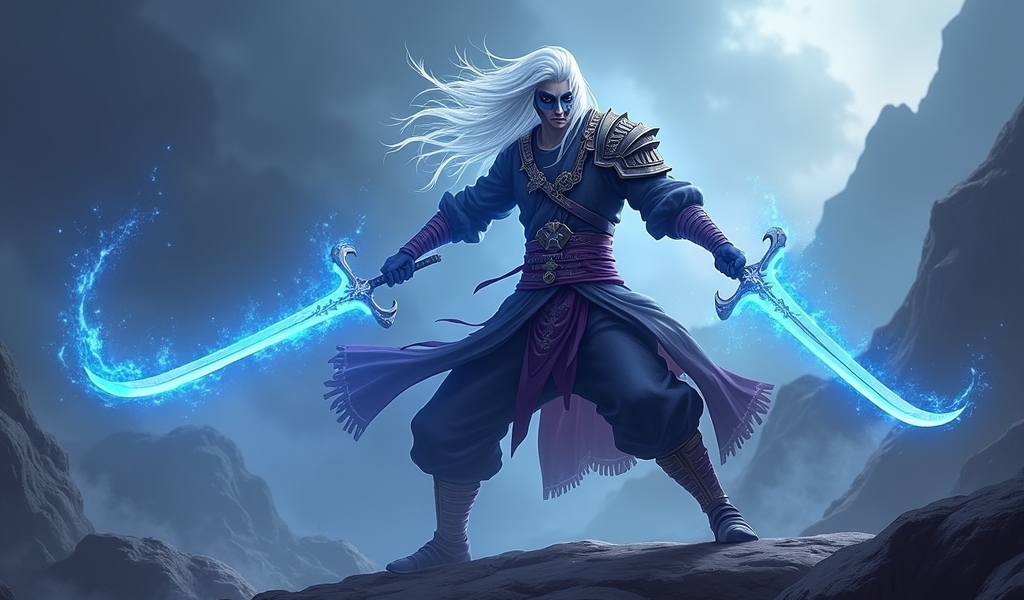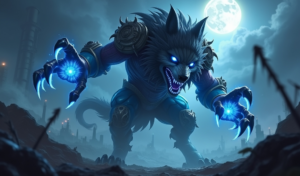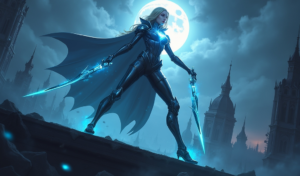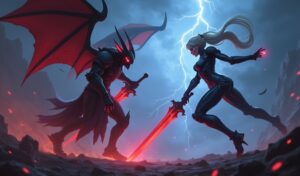Overview
How to play Yone effectively requires mastering his unique kit with dual-damage swords, strategic trading patterns, and proper teamfight positioning across seven essential tips. From optimizing runes and builds to perfecting wave management, roaming strategies, and understanding matchups, Yone rewards patient play and proper scaling into the mid and late game where his mobility and devastating damage truly shine.
Table of Contents
Introduction to Yone
Learning how to play Yone effectively can transform your mid lane experience in League of Legends. As the half-demon swordsman continues to dominate the mid lane meta, mastering his unique playstyle can help you climb the ranked ladder with ease. Yone combines high mobility, devastating damage, and game-changing ultimate potential, making him both exciting to play and challenging to master.
In this comprehensive guide, we’ll explore seven essential tips that will help you dominate the mid lane with Yone. Whether you’re a beginner picking up the champion for the first time or an experienced player looking to refine your skills, these strategies will enhance your performance and help you carry games.
Yone’s hybrid damage profile and versatile kit allow him to adapt to various situations, but knowing how to leverage his strengths requires practice and understanding. With professional League coaching, you can accelerate your learning curve and avoid common mistakes that hold many Yone players back.
Tip 1: Master the Basics of Yone’s Kit
Before diving into advanced strategies on how to play Yone, you need to understand his abilities inside and out. Yone’s kit revolves around his dual swords that deal both physical and magic damage, making him difficult to itemize against.
His passive, Way of the Hunter, causes every second attack to deal magic damage, while his Q (Mortal Steel) functions similarly to his brother Yasuo’s Steel Tempest. Landing two Qs allows you to dash forward with the third, creating opportunities for engages or quick trades.
Yone’s W (Spirit Cleave) slashes in a cone, dealing damage and shielding him based on champions hit. This ability is crucial for surviving all-ins and trading effectively. His E (Soul Unbound) is perhaps his most unique ability, allowing him to leave his body behind and attack freely before snapping back to safety.
Finally, his ultimate R (Fate Sealed) is a powerful engage tool that can knock up multiple enemies and change the course of a teamfight. Practice the following basic combos in the Practice Tool before taking Yone into ranked:
- Q3 + E + W + Auto + R + Auto + Q + E return (all-in combo)
- E + Q3 + W + Auto + Q + E return (safe trade combo)
- E + R + W + Q + Auto + E return (surprise engage combo)
Understanding these fundamentals will build the foundation for more advanced mechanics. Many beginners struggle with Yone’s kit, but with practice, the muscle memory will develop naturally.
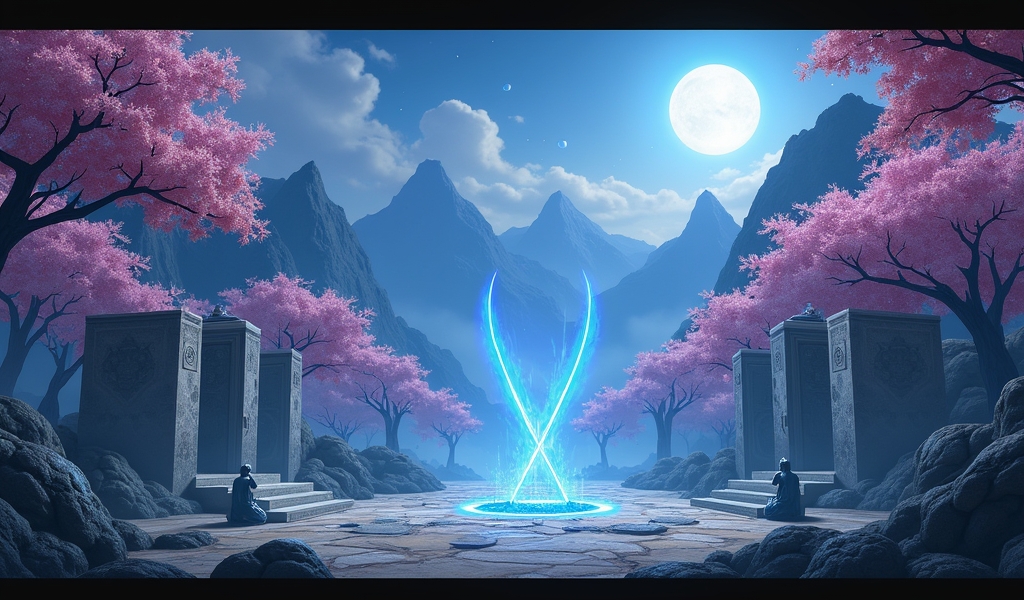
Tip 2: Learn Yone’s Trading Patterns
Knowing how to play Yone in the laning phase comes down to understanding his trading patterns. Unlike many mid laners, Yone has a relatively weak early game but scales incredibly well into the mid and late game.
The safest and most effective trading pattern involves using your E (Soul Unbound) to engage, quickly dealing damage, and then returning to safety. This creates a “hit and run” style that minimizes counterplay opportunities for your opponent.
For levels 1-2, focus on last-hitting with Q and avoiding unnecessary trades. At level 3, when you have all basic abilities, you can start taking short trades with E + W + Q + Auto before returning. Always try to proc your passive’s magic damage hit during trades for maximum damage.
Once you hit level 6, your all-in potential increases dramatically. Look for opportunities to engage with E + R when your opponent is at approximately 70% health. Follow up with W + Q + Autos to secure the kill before returning to your body.
Remember these key trading tips:
- Use E defensively against champions with strong all-in potential
- Save your third Q (dash) to either engage or escape depending on the situation
- Try to hit both you and your opponent with W to maximize the shield value
- Don’t be afraid to use Flash + R for unexpected engages
Proper trading is essential for improving your laning phase and building advantages that can snowball into the mid-game. According to official League statistics, Yone’s win rate jumps significantly after the 15-minute mark, highlighting the importance of patient laning.
Tip 3: Optimize Your Runes and Item Builds
To maximize your impact when learning how to play Yone, you need to understand the optimal rune and item choices. Flexibility is key, as your build should adapt to match the enemy team composition and your specific win conditions.
For runes, Conqueror is typically your best primary option, providing sustained damage and healing that synergizes perfectly with Yone’s extended trading pattern. Pair this with Triumph for the health restoration after takedowns, Legend: Alacrity for attack speed, and Last Stand to maximize damage when low on health.
Secondary rune choices often come down to preference and matchup:
- Resolve (Second Wind/Bone Plating + Revitalize/Unflinching) against poke-heavy or CC-heavy teams
- Domination (Taste of Blood + Ravenous Hunter) for additional sustain and late-game power
- Inspiration (Biscuit Delivery + Time Warp Tonic) for difficult early lanes
For items, Berserker’s Greaves should typically be your first completed item to improve your attack speed and mobility. From there, Immortal Shieldbow provides the perfect blend of damage, lifesteal, and survivability through its shield.
Core items to consider next include:
- Infinity Edge (increased critical strike damage)
- Mortal Reminder (against healing-heavy teams)
- Bloodthirster (for maximum sustain)
- Guardian Angel (for additional survivability)
- Death’s Dance (against physical damage threats)
Adapt your build based on the game state. If you’re behind, focus on defensive options like Wit’s End against magic damage or Death’s Dance against physical damage. If ahead, prioritize damage items like Infinity Edge to snowball your advantage.
Professional mid lane coaching can help you understand when to deviate from standard builds to counter specific team compositions, which is crucial for climbing through higher ranks where adaptability becomes increasingly important.
Tip 4: Perfect Your Wave Management
Wave management is a critical skill when learning how to play Yone effectively. As a melee champion in mid lane, proper wave control can be the difference between dominating your lane and falling hopelessly behind.
In the early game (levels 1-3), you’ll generally want to let the enemy push toward you. This creates a safer farming environment and sets up potential ganks from your jungler. Use your Q to last hit from a safe distance when necessary.
Once you reach level 3 and have all your basic abilities, you can start taking more control of the wave. Use your E + W combo to thin the wave while trading with your opponent. This creates a “slow push” toward their tower, which allows you to build a larger minion advantage.
When looking to back or roam, make sure to shove the wave fully into the enemy tower. This prevents you from losing minions to your tower while you’re away from lane. Yone’s Q and W give him excellent wave clear, especially once you’ve built attack speed.
Learning to manage minion waves effectively also involves understanding when to freeze. If you’re ahead, freezing the wave near your tower can deny your opponent CS and set up lethal all-ins when they approach. Simply last hit minions and use your body to block enemy minions from advancing past a certain point.
For mid-game side lane management, use your strong wave clear to push waves quickly, then group with your team for objectives. This “push and roam” strategy creates pressure across the map and forces enemies to respond to your side lane pushes.
According to ProGuides, proper wave management on Yone can increase your CS per minute by up to 2.0, representing a significant gold advantage over time.
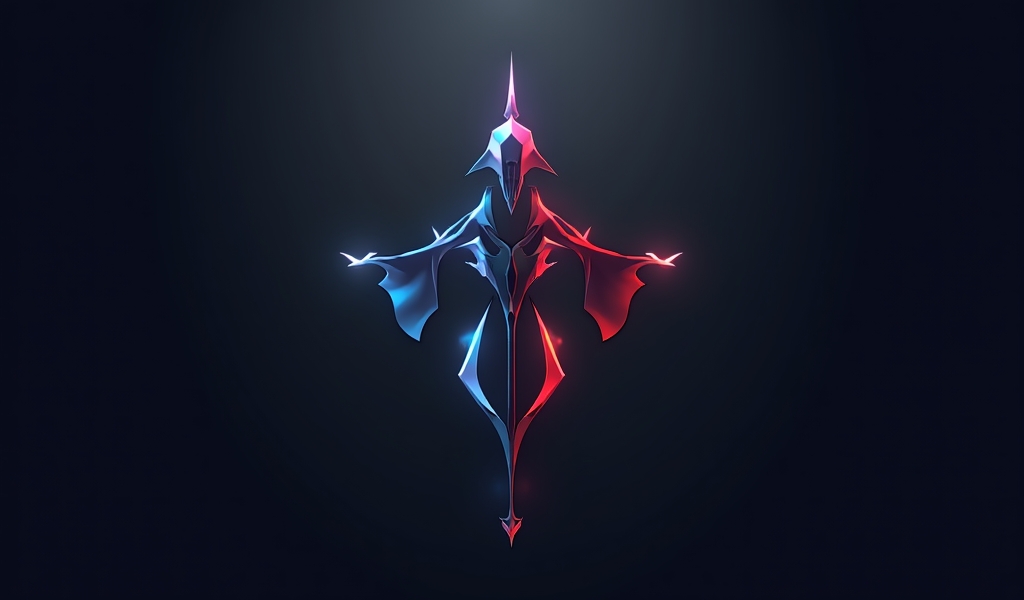
Tip 5: Develop Effective Roaming Strategies
Learning how to play Yone at a high level means understanding when and how to roam from the mid lane. Yone’s mobility and strong engage tools make him an excellent roamer once he hits level 6.
Before roaming, always consider the following factors:
- Wave position (push your lane before roaming)
- Enemy summoner spells (targets without Flash are easier to gank)
- Objective timers (roam to help secure Dragons or Herald)
- Vision control (use Control Wards and Oracle Lens to avoid detection)
The best roaming opportunities typically come after you’ve pushed your wave and have your ultimate available. Use your E + R combination to engage on side lanes, securing kills or burning enemy summoner spells. Even unsuccessful roams can relieve pressure for your teammates.
Improving your map awareness is crucial for effective roaming. Regularly check the minimap to spot potential roaming opportunities, such as when enemy side lanes are overextended or when your jungler is invading.
When roaming to bot lane, approach from the river or through the enemy jungle if it’s safe. This positioning allows you to cut off escape routes and increases your chances of successful ganks. Your E gives you the ability to dive towers more safely than many other mid laners.
Remember that not every game calls for heavy roaming. Against champions with strong wave clear or push potential (like Malzahar or Talon), prioritize matching their pressure rather than forcing roams that might cost you tower plates or experience.
Working with an online LoL coach can help you develop better judgment about when to roam and when to stay in lane, which is one of the more nuanced aspects of mid lane play.
Tip 6: Master Teamfight Positioning
As you advance in learning how to play Yone, teamfight positioning becomes increasingly important. Unlike many assassins, Yone has the tools to be both a backline diver and a front-to-back fighter, depending on what your team needs.
The key to successful teamfighting on Yone lies in patience. Wait for key enemy cooldowns (especially CC abilities) to be used before going in with your E + R combination. Your goal should be to hit multiple high-priority targets with your ultimate for maximum impact.
Consider these teamfighting approaches:
- Flanking: Use your mobility to attack from unexpected angles
- Frontline: Against teams with minimal dive threat, you can play more aggressively from the front
- Peeling: When your ADC is fed, consider using your CC to protect them
- Split-pushing: In some games, forcing 1v1s or drawing multiple enemies to the side lane is more valuable than grouping
Always be aware of your E return point in teamfights. Position yourself so that your return location will be safe after your aggressive plays. This ability to “go in, deal damage, and get out” is what makes Yone particularly effective in chaotic teamfights.
For objective fights around Dragon or Baron, look for opportunities to steal with your E + R + Smite combination (if you have Smite from Spellbook). Alternatively, zone the enemy team away with the threat of your ultimate while your team secures the objective.
Late game, your critical strike items will allow you to take down squishier targets with just a few auto attacks. This is when Yone reaches his full potential, and you should be looking for opportunities to carry teamfights with devastating multi-man ultimates.
Players who want to climb to higher ranks must master not just the mechanical aspects of Yone but also develop the decision-making skills that determine when to engage and when to play patiently.
Tip 7: Understand Your Matchups
A crucial aspect of learning how to play Yone effectively is understanding your various lane matchups. Yone has both favorable and challenging matchups, and adjusting your playstyle accordingly can significantly impact your success.
Favorable matchups for Yone typically include immobile mages like Orianna, Syndra, or Veigar. Against these champions, look to dodge their key abilities with your E mobility and engage when their cooldowns are down. Your all-in potential often exceeds theirs, especially post-level 6.
More challenging matchups include:
- Leblanc: Her mobility and burst can make it difficult to land your abilities
- Zed: His shadow play allows him to dodge your ultimate and outplay your E
- Akshan: His range and disengage make the laning phase particularly difficult
- Pantheon: His point-and-click stun and early game damage can shut down your scaling
In difficult matchups, adjust your playstyle to focus on farming safely and scaling. It’s better to miss a few CS than to die repeatedly trying to force fights you can’t win. Consider starting with Doran’s Shield and taking Second Wind in the Resolve tree for additional sustain.
For each matchup, track key enemy cooldowns. For example, against Ahri, her Charm (E) has a relatively long cooldown early game. When it’s down, that’s your window to trade aggressively. Similarly, against Zed, look to trade when his Shadow (W) is on cooldown.
Remember that Yone scales exceptionally well, so even in difficult matchups, your goal is to go even or slightly behind in CS while avoiding deaths. Once you reach your item power spikes, you can often outperform your lane opponent in teamfights regardless of how the laning phase went.
Studying VODs of high-level Yone players can provide valuable insights into specific matchups. Many professional players and streamers offer detailed commentary on their decision-making process against different champions.
Conclusion
Mastering how to play Yone in the mid lane requires dedication, practice, and a deep understanding of his unique mechanics. By following these seven essential tips—mastering his kit, learning trading patterns, optimizing builds, perfecting wave management, developing roaming strategies, mastering teamfight positioning, and understanding matchups—you’ll be well on your way to dominating the mid lane with this powerful champion.
Remember that Yone rewards patient play and proper scaling. Don’t be discouraged by difficult early games or challenging matchups. Focus on consistent CS, smart trades, and scaling into the mid and late game where Yone truly shines.
The journey to mastering Yone isn’t always straightforward, but the rewards are substantial. His carry potential, versatile playstyle, and game-changing ultimate make him worth the investment for any serious mid laner looking to climb the ranked ladder.
Apply these tips in your games, analyze your mistakes, and keep refining your approach to how to play Yone. With time and practice, you’ll develop the confidence and skill to make game-winning plays with the Unforgotten swordsman.
Frequently Asked Questions
Is Yone good for beginners in League of Legends?
While Yone has a moderate learning curve, he can be picked up by beginners who are willing to practice his mechanics. His forgiving E ability allows for safer trading patterns compared to other melee mid laners.
How do I use Yone’s E ability effectively?
Use E as a trading tool by engaging, dealing damage, and returning to safety. It can also be used defensively to dodge skillshots or offensively to extend your reach during all-ins.
What’s the best build for Yone in the current meta?
The core build typically includes Berserker’s Greaves, Immortal Shieldbow, and Infinity Edge. From there, adapt with items like Bloodthirster, Mortal Reminder, or Guardian Angel based on the enemy team composition.
How do I deal with ranged matchups as Yone?
Against ranged opponents, focus on safe farming with Q until level 3, then look for short trades using E when their key abilities are on cooldown. Consider taking Doran’s Shield and Second Wind for sustain.
When should I roam versus stay in lane as Yone?
Roam after pushing your wave, especially when your ultimate is available and side lanes are overextended. If your lane opponent has strong waveclear, prioritize matching their pressure rather than forcing suboptimal roams.

